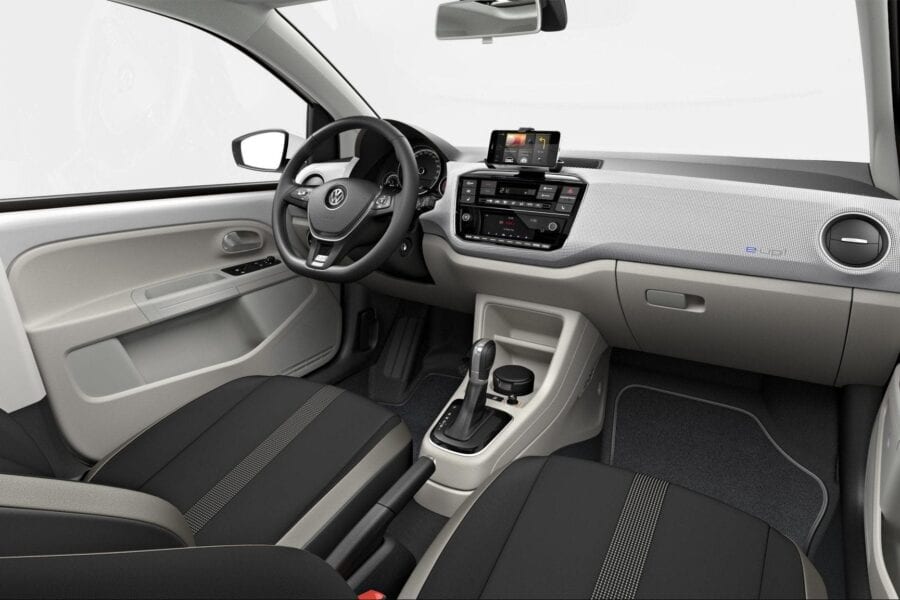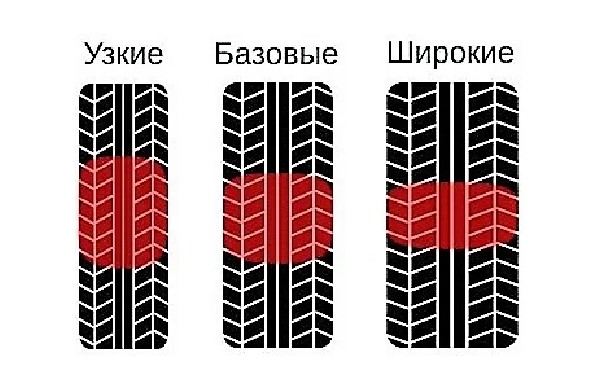
What is the effect of tire width? Narrow or wide tires are better in winter
Content
If you ask an expert what slopes to install in width for the winter, you will rather hear a diplomatic answer: it all depends on the brand of the car and operating conditions. Therefore, it is better to turn to tests, of which many are carried out by motorists and specialists.
Car owners change tires twice a year, except for all seasons. When choosing a kit for cold weather, drivers often decide which tires are better in winter: narrow or wide. The issue requires comprehensive consideration.
What is tire width
The car leaves the assembly line, equipped with tires with certain parameters: width and height of the profile, landing diameter. The indicators are applied to the product in that order. For example - 215/45 R17. The number 215 is the width, which is the distance between the extreme opposite points of the sidewalls of the tire. In this case, protrusions in the form of applied markings, finishes and badges are not taken into account.
Profile and tread width are not always identical concepts. But as the first increases, so does the second. If you decide to take large slopes, then you should figure out from a practical point of view which rubber is better in winter: narrow or wide.
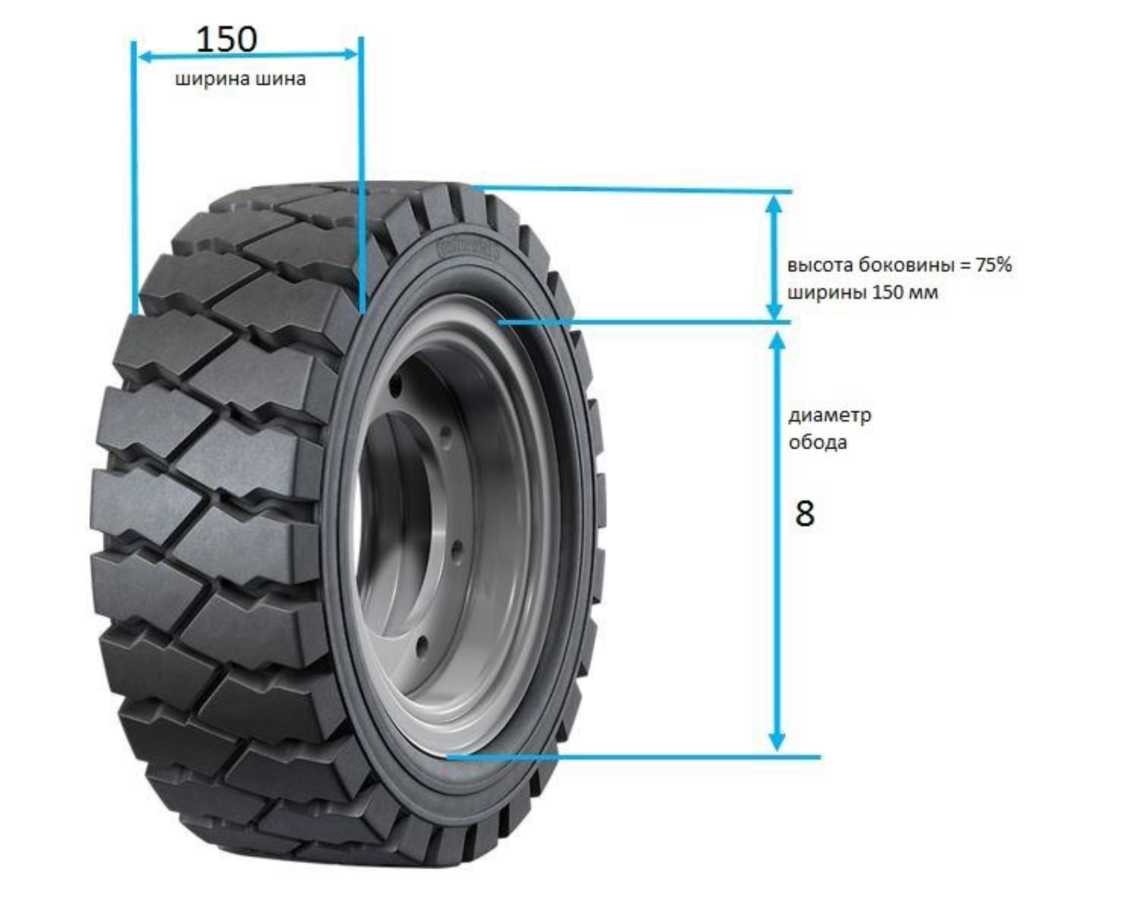
Tire width
The change in the exterior occurs by default, and rather for the better: powerful tires give solidity and respectability to the car. But there is a safety issue that cannot be ignored when deciding which tires to buy for the winter: wide or narrow.
What affects
The aesthetic side, the sporty look is not the main thing in the question, narrow or wide tires are better in winter. It is important to understand the influence of the parameter on the driving performance of the machine: patency (including off-road), handling, acceleration and deceleration.
The contact patch on wide slopes is larger, so the braking distance will be expectedly shorter, turns can be made steeper and at high speeds. But these pluses overlap with a significant minus on the pavement flooded with rain: the risk of aquaplaning increases. The car will “float” faster, as if it were driving on ramps of nominal size.

Tire contact patch
The motor on wide tires spends more energy to overcome resistance, so fuel consumption naturally increases, and the limit of the maximum possible speed also falls (albeit slightly).
When the wheel is wider and protrudes outward, the offset of the disc decreases. At the same time, the slopes react more sharply to road obstacles, the load on the running components of the machine increases. Everything is even more aggravated if the departure becomes negative.
And the increased reach (narrow tire) brings another nuisance: braking stabilization disappears.
Advantages and disadvantages of wide tires
The optimal tire size is determined by the manufacturer based on the most important indicators: car weight and engine power. Understanding whether narrow or wide winter tires are better, you need to evaluate performance. Among them there are both positive and negative qualities.
The pluses include:
- the vehicle outwardly becomes more attractive (controversial dignity);
- the braking distance is shortened;
- increased acceleration dynamics and stability in a straight line;
- improved performance at high speeds.
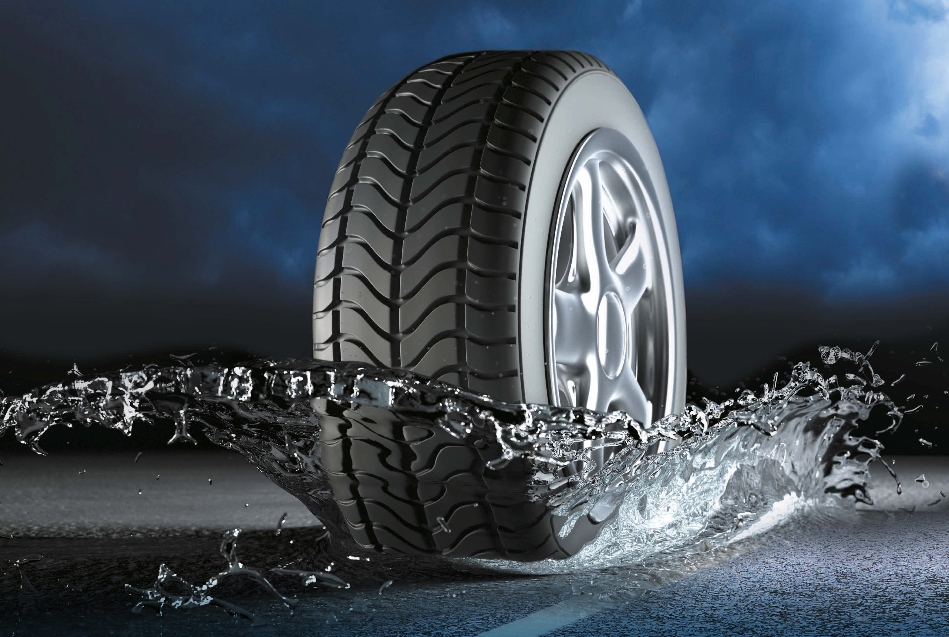
The risk of hydroplaning is increasing
Cons of wide wheels:
- the weight of the tire increases and, accordingly, the mass of an unloaded car;
- on wet roads, the braking distance becomes longer;
- increases the risk of hydroplaning in puddles deeper than 20 cm;
- more fuel is spent;
- the load on the chassis increases, their working life decreases.
Advantages and disadvantages of narrow tires
“Skinny” tires are rarely chosen by drivers: only if there is not enough money to buy or the required size is not on sale. However, when choosing which tires are better for the winter - wider or narrower - it is worth considering its advantages and disadvantages.
Strengths of narrow slopes:
- steering control improves, especially on roads with longitudinal obstacles;
- the drag coefficient becomes lower, which leads to fuel savings;
- the weight of the wheels and the machine is reduced;
- the boundaries of aquaplaning are pushed back;
- narrow slopes are cheaper.
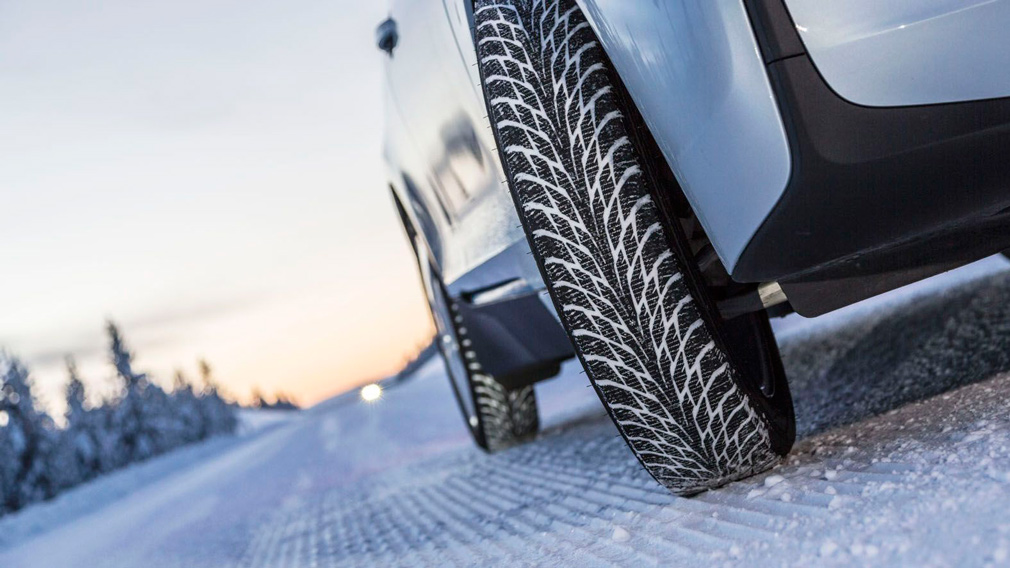
narrow tires
Weak sides:
- acceleration and control at high speeds is worse;
- braking distance is longer;
- appearance is less presentable.
Snowy road tests
If you ask an expert what slopes to install in width for the winter, you will rather hear a diplomatic answer: it all depends on the brand of the car and operating conditions. Therefore, it is better to turn to tests, of which many are carried out by motorists and specialists. For testing, tires of the same manufacturer, but of different sizes, and one car model are selected.
Test results:
- On the road with fresh snow, narrow tires captivate with stable behavior. The tire crashes into the snow and overcomes the obstacle due to the weight of the car. At the same time, she “does not notice” the bumps that snow-covered tracks sin with.
- The "small" tire does not tire the driver with control. Deceleration is easier to control with a narrow tire. The braking distance on loose snow is 2% shorter than with a wider tire. At the same time, the latter is ready to “float” in a deep snowdrift.
- Acceleration time on snow-covered sections of narrow slopes is also shorter by 2%.
- A softer move is demonstrated by narrow options.
- The noise level of "small" tires is lower.
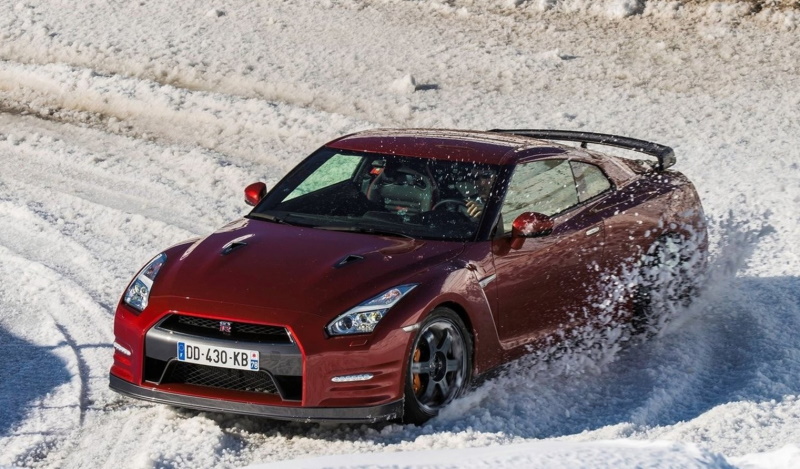
Car skid
From the standpoint of handling on unpaved roads, the “skinny” version of the ramps wins. However, this is not such a convincing victory to unequivocally state which tires are better in winter: narrow or wide.
Handling on ice
The picture changes to the opposite when the car switches to rolled snow or ice. This track is a test of driving experience. It turned out that the wide tread clings better to the ice surface. This is due to the many sipes that fall into the contact zone per unit time, so the conclusion about the advantages of narrow tires is premature.
The braking distance on ice (as well as on asphalt) of a wide tire is 1% shorter - the result is not high, but it is.
Acceleration on slippery surfaces is better for the “small” tester. However, in terms of the time it takes to pass the ice circle in tension and with slipping, powerful tires win. They also have less fuel consumption.
It turns out that there is no convincing victory of some tires over others. The categorical opinion that it is better, wide tires or narrow ones, is erroneous.
General recommendations are as follows:
- inexperienced drivers in snowy winters it is better to take narrow slopes;
- if the roads in the region of operation are poorly cleaned, the choice should be made in favor of “small” tires;
- on smooth rolled roads, handling with powerful rubber is easier: lamellas, in addition to spikes, create many sharp grip edges - and the tread acts like Velcro;
- driving is more comfortable on narrow tires: they are less noisy, and also “swallow” bumps.
Car manufacturers always indicate the range of values in which tires can be purchased. If you want to go beyond these boundaries, then you need to be prepared for changes in the behavior of the machine. Therefore, it is safer to buy the recommended sizes or improve the driving performance and power of the power unit, use other, more reliable engine components.
